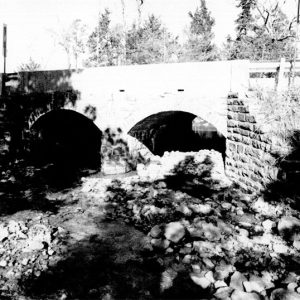 Cove Creek Bridge
Cove Creek Bridge
Entry Category: Historic Preservation - Starting with C
 Cove Creek Bridge
Cove Creek Bridge
Cove Creek Tributary Bridge
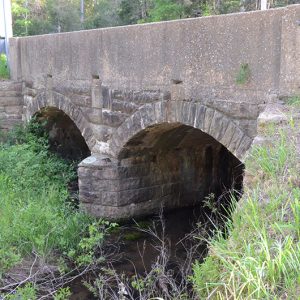 Cove Creek Tributary Bridge
Cove Creek Tributary Bridge
Cove Lake Bathhouse
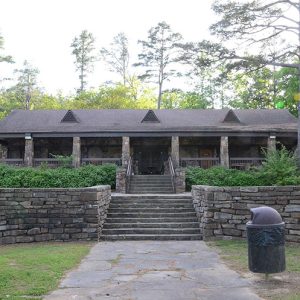 Cove Lake Bathhouse
Cove Lake Bathhouse
Cove Lake Spillway Dam/Bridge
aka: Cove Creek Spillway Bridge
 Cove Lake Spillway Dam/Bridge
Cove Lake Spillway Dam/Bridge
 Cove Lake Spillway Dam/Bridge
Cove Lake Spillway Dam/Bridge
Cove Tourist Court
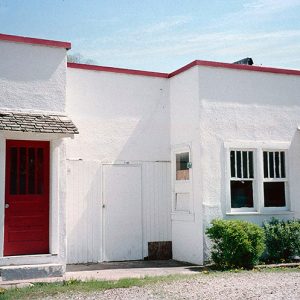 Cove Tourist Court
Cove Tourist Court
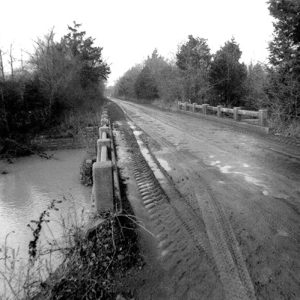 CR 4G Bridge Road Bed
CR 4G Bridge Road Bed
Craighead County Courthouse, Western District
 Milton Crenchaw
Milton Crenchaw
Crenshaw Site
 Crescent Hotel
Crescent Hotel
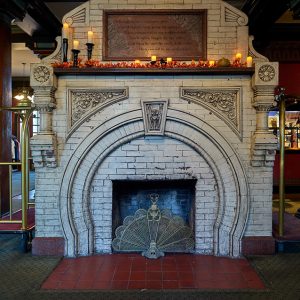 Crescent Hotel Fireplace
Crescent Hotel Fireplace
Crittenden County Courthouse
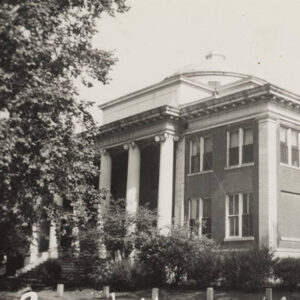 Crittenden County Courthouse
Crittenden County Courthouse
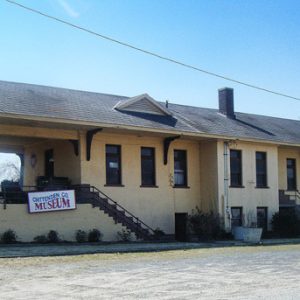 Crittenden County Museum
Crittenden County Museum
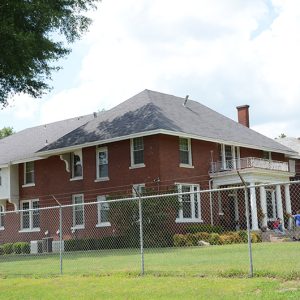 Florence Crittenton Home
Florence Crittenton Home
 Crittenton Home Funding Editorial
Crittenton Home Funding Editorial
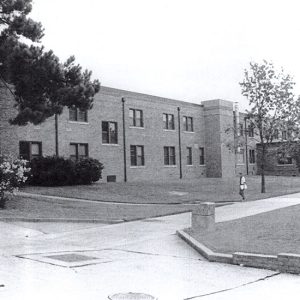 Cross and Nelson Hall Historic District
Cross and Nelson Hall Historic District
Cross and Nelson Hall Historic District
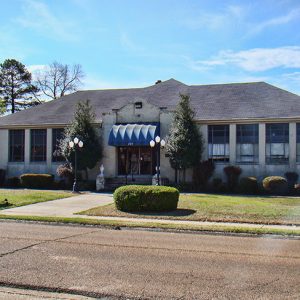 Cross County Museum
Cross County Museum
 Cross County Museum
Cross County Museum
Crystal Bridges Museum of American Art
 Crystal Bridges Museum
Crystal Bridges Museum
 Crystal Bridges Museum of American Art
Crystal Bridges Museum of American Art
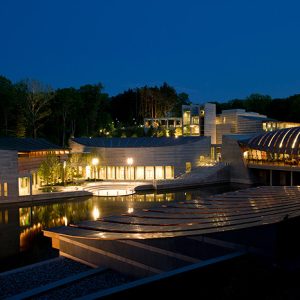 Crystal Bridges Museum of American Art
Crystal Bridges Museum of American Art
Crystal River Tourist Camp Historic District
aka: Crystal River Tourist Court
aka: Crystal River Cave and Court
Crystal Springs Dam and Camp Shelter
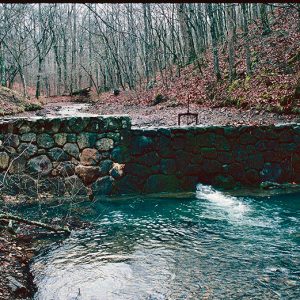 Crystal Springs Dam and Camp Shelter
Crystal Springs Dam and Camp Shelter
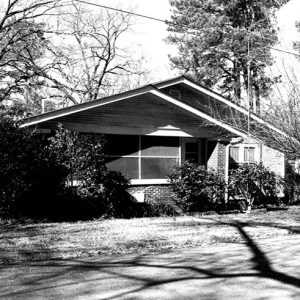 CSHD Home
CSHD Home
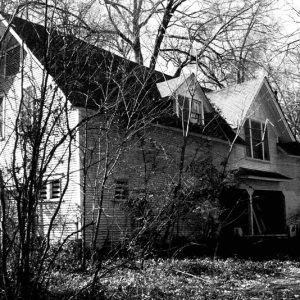 CSHD Home
CSHD Home
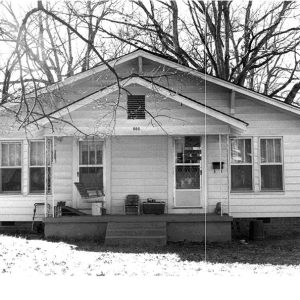 CSHD Home
CSHD Home
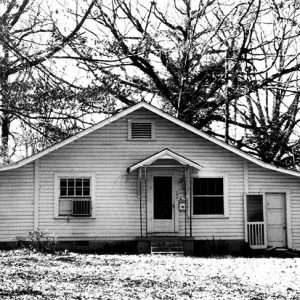 CSHD Home
CSHD Home
 CSHD Home
CSHD Home
 CSHD Home
CSHD Home
 CSHD Home
CSHD Home
 CSHD Home
CSHD Home
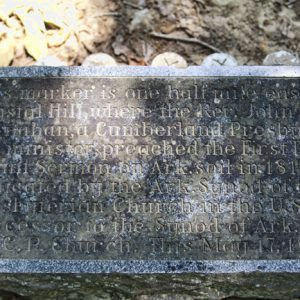 Cumberland Presbyterians Plaque
Cumberland Presbyterians Plaque
Curran Hall
aka: Little Rock Visitor Information Center
aka: Walters-Curran-Bell House
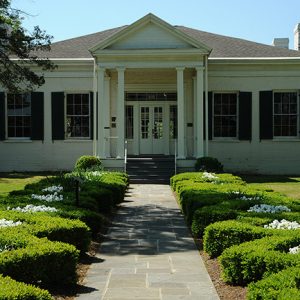 Curran Hall
Curran Hall
Czech National Cemetery
 Czech National Cemetery
Czech National Cemetery




